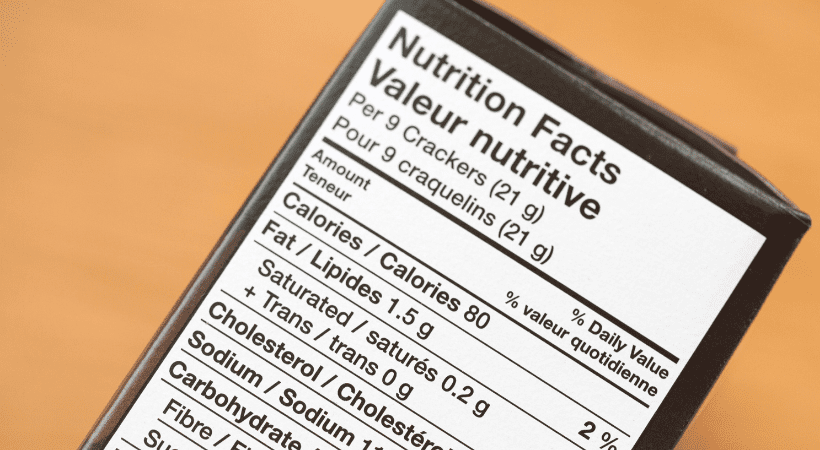Cell-based Meat – Is it Viable?
Cell-based Meat – Is it Viable?
An increase in the number of vegans and vegetarians in recent times has sparked an increase to product innovations, particularly for alternative sources of protein. Here are our thoughts…

The increase to the number of consumers following a vegan, vegetarian, and ‘flexitarian’ lifestyle (where consumers only eat meat some of the time) has seen new product innovations skyrocket in recent years. Ashbury’s Senior Regulatory Advisor, Devina Sankhla, explores the concept of cell-based meat, and shares her thoughts on whether it has potential to hold a place in the market.
What is Cell-Based Meat?
Cell-based meat is a relatively new development, and is essentially a cultured, lab-grown method of cultivating animal cells, removing the need to kill or even raise an animal.
Why Consider It as an Alternative Protein?
Cell-based meat adds yet another protein alternative method to the market, joining the likes of well-known plant-based sources such as tofu and seitan.
As consumers are increasingly concerned about the negative impacts of intensive farming on both animals and the environment, the demand is increasing for products actively committed to reducing their impact. Plus, with health-conscious consumers eager to reduce or cut their meat-intake for personal reasons, there’s even more great potential for brands to innovate in this area.
Cell-based Meat – Is It Viable?
Perhaps the more obvious challenge for cell-based meat potential is consumer acceptance. Brands must consider the potential for cell-based products to turn-off some of their core market – those following a more tightly regulated vegan and vegetarian lifestyle likely will not want a product that mimics the taste of meat, or one that uses animal cells during the process.
Factoring in the potential that many consumers may choose not to eat cell-based meat as it is seen as ‘artificial’, much like genetically modified food, the costs and technology involved in producing cell-based meat, particularly given its limited market, could pose another obstacle. Especially when an alternative protein source such as tofu or seitan would be considered more ‘natural’.
What About Labelling?
On the matter of health and cell-based protein, we must also consider allergen labelling. The cells used will be crucial for consumers with animal protein allergies and as such, correct labelling is a must. Fish, crustaceans, and molluscs are all allergens, so if they are used in the cultivation process, the product would need to be labelled, listing these as ingredients and marked as allergens to ensure people can consume in confidence.
Another factor to think about is what to name a cell-based product, given it’s not copying the real thing but essentially is the real thing, simply produced in a different way. The use of the word ‘alternative’ would not be appropriate and could even be seen to be misleading. What we call these products will be influenced by the innovators, the law, consumer research and of course those in the conventional meat industry.
Is It Novel?
Cell-based meat products would be classified under the Novel Food Regulation, which regulates food that has no history of consumption in the UK and EU before 15 May 1997. In the EU, it is important to consider the GMO status of any ingredients as this can impact the dossier application required.
If you’re innovating a new product, or want to expand on your existing range, our expert regulatory team and food label checking service can help you to discover, launch, and protect your brand by making the complex world of compliance simple.
Contact our team of experts if you have any queries.
Recent blogs:
Coeliac Awareness Week – What Do Brands Need to Do?
Alcohol Labelling: How to Label Volume in the UK and EU
Recent Cases of ASA Action Against Green Washing
Next reads
The Peanut Diaries: School and Social Occasions
The Peanut Diaries: Navigating Social Events and Celebrations with Food Allergies
The Peanut Diaries: A Parent’s Journey to Uncovering their Child’s Allergy
Redefining Healthy: What the FDA’s New Rules Mean for Food Labels and Nutrition Claims
Keep up to date with our latest insights
Subscribe to our mailing list to stay in touch with the latest news, insights and updates from Ashbury





